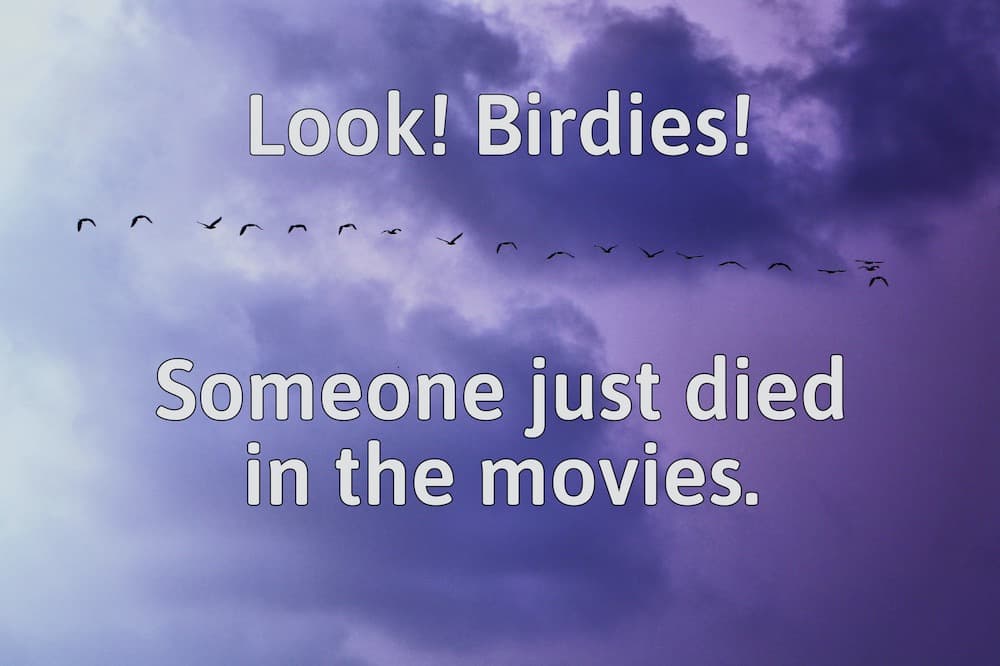I like Erich Fromm’s categorisation of symbolism. I don’t know if this is Fromm’s own terminology or if it originally comes from elsewhere, but he uses these three categories of symbol it in his book The Forgotten Language.
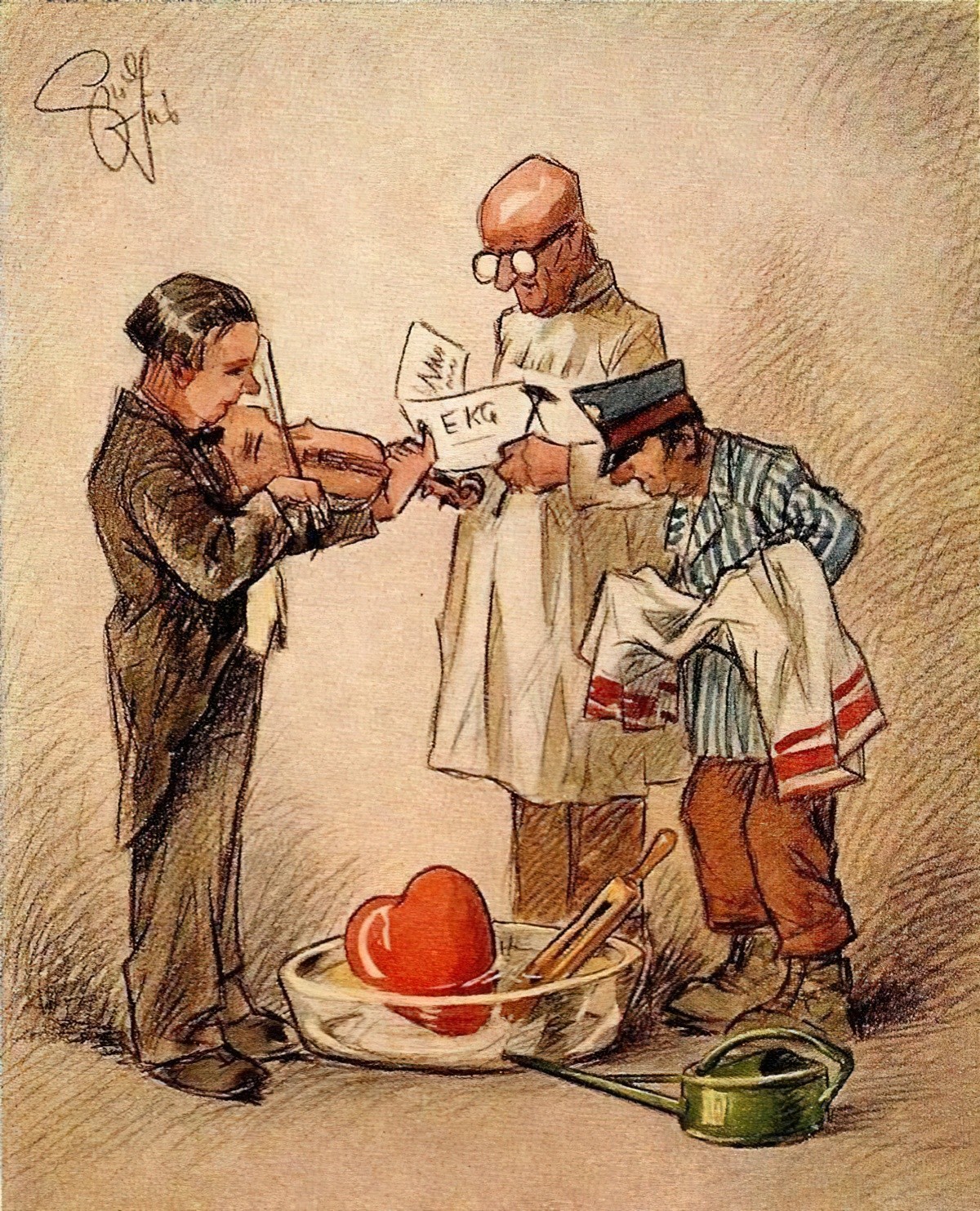
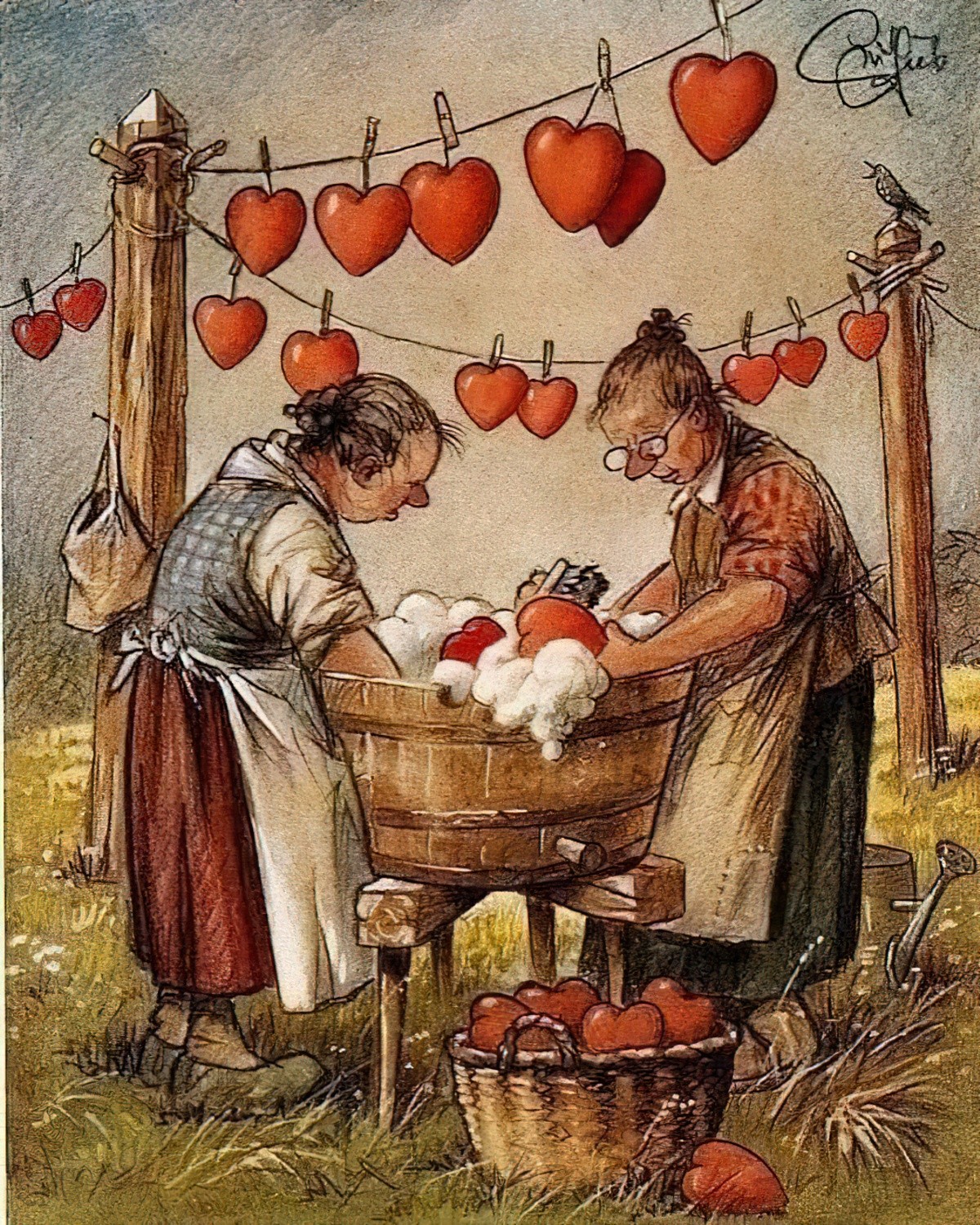
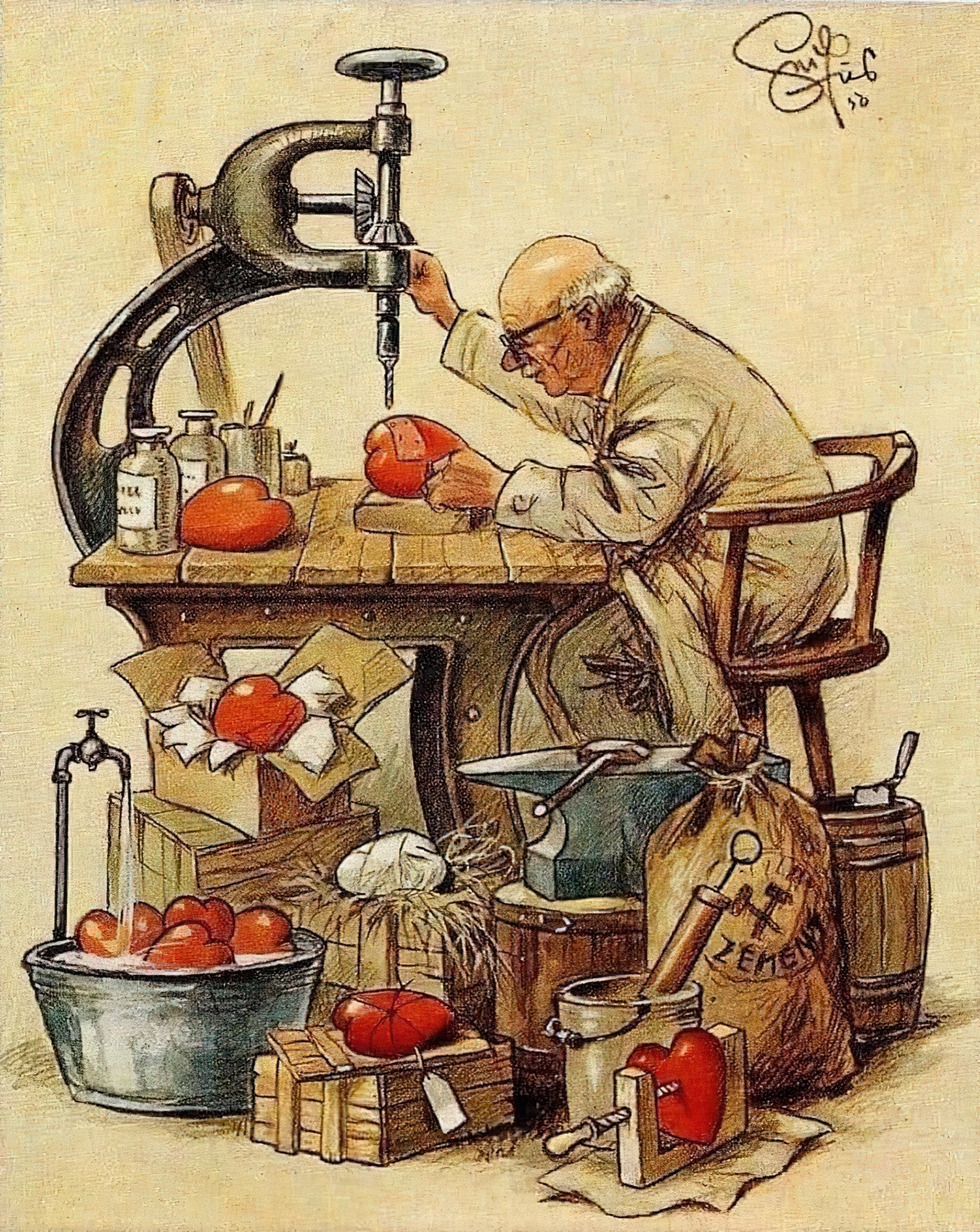
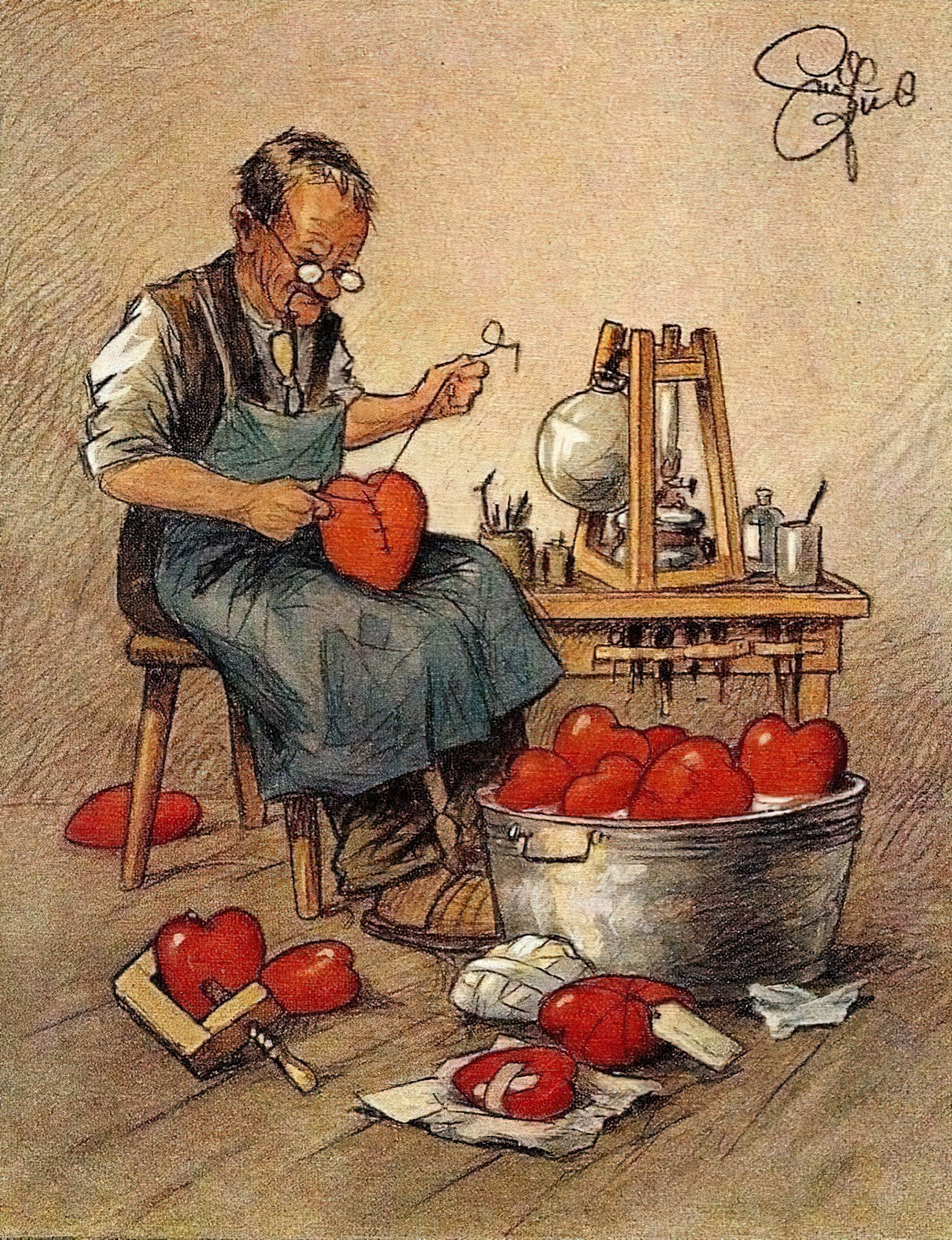
WHAT THINGS ARE ABOUT
“The vultures in the story are a symbol of decay,”
Said Miss DuBois,
“Which the dying man must contemplate
If we derive significance.”I thought about a night by my symbolic window
When a dark symbolic owl
Caught a quick symbolic mouse
On our green symbolic lawn.The quick symbol squealed as if it were a mouse
Marion Montgomery (1925 – 2011), American-born poet, novelist, educator, and critic
And the dark sym got its owlbolic belly full
And I went, happily symbolic, back to bed.
ERICH FROMM’S THREE TYPES OF SYMBOL
The Conventional Symbol
The best known of the three.
The word ‘table’ stands for a piece of furniture with four legs and a flat top. There is no inherent relationship between the object and the word ‘table’. (Or between the signifier and the signified, in the language of semiotics.) English speakers simply agree, by convention, that the word ‘table’ refers to that particular piece of furniture.
In short, the thing table has nothing to do with the sound ‘table’. Apart from onomatopoeia and mimesis, human language works via conventional symbols.
Pictures can also be conventional symbols e.g. flags. Flags do have a story behind them, but their design is ultimately a convention, especially since most people don’t know the stories behind flags of countries (unless it’s our own).
The Accidental Symbol
This is the opposite of a conventional symbol in that it is based on individual experience, but again there is no intrinsic relationship between the symbol and that which it symbolises.
If someone has a horrible experience in a certain place they will learn to connect the name of the place with negative emotions. A word from psychology has in recent years hit mainstream in relation to the language of trauma — accidental symbols which provoke a strong negative memory are known as triggers.
In contrast to the conventional symbol, the accidental symbol cannot be shared by anyone else except as we relate the events connected with the symbol. For this reason accidental symbols are rarely used in myths, fairy tales, or works of art written in symbolic language because they are not communicable unless the writer adds a lengthy comment to each symbol they use. In dreams, however, accidental symbols are frequent.
Erich Fromm
The Universal Symbol
In a universal symbol there is an intrinsic relationship between the symbol and what it represents. The universal symbol is probably what your English teacher is talking about when close reading a text.
Universal symbols, as the label suggests, are understood across time and culture. This is because universal symbols link the external world to the internal, sensory one. Emotions and sensory experiences endure. Stories heavy in universal symbolism also endure.
Fromm offers ‘the outskirts of a city’ as an example of a universal symbol. No matter where you grew up, if you find yourself alone on the outskirts of a city, the emotions you experience are probably the following: desertion, strangeness, the mood of lostness and anxiety.
Fromm also offers the example of fire — a symbol of power, energy, grace and lightness, but also of the related sensory experience.
These days I love a good universal symbol myself. As evidence I offer:
- The Symbolism of the Forest
- The Symbolism of Crossroads
- Symbolism of The City As Ocean
- The Symbolism of Marshes and Bogs
- River Symbolism
- The Symbolism of Altitude
- The Symbolism of Cardinal Direction
- The Symbolism of Trains
- The Symbolism of Islands
- Fog Symbolism
- The Symbolism of Flight in Children’s Literature
- Symbolism of the Dream House
Regarding Fromm’s categorisation, I have reservations about categories in general because many things exist along spectrums. But it’s still a useful starting point.
People often represent objects in relation to their emotions, attitudes and interests. A thief represents a lock as a frustrating obstacle while its owner represents the lock as a comforting source of security.
Stanford Encyclopedia of Philosophy
BARRIERS TO ANALYSING SYMBOLISM IN ENGLISH CLASS
A symbol is often defined as “something that stands for something else.” This definition seems rather disappointing.
If we leave our definition at that, we won’t be saying anything insightful.
Instead, let’s go one step further:
It becomes more interesting, however, if we concern ourselves with those symbols which are sensory expressions of seeing, hearing, smelling, touching, standing for a “something else” which is an inner experience, a feeling or thought. A symbol of this kind is something outside ourselves; that which it symbolizes is something inside ourselves. … The world outside is a symbol of the world inside, a symbol for our souls and our minds.
In the ‘blue curtains’ meme above, the hypothetical English teacher is clearly talking about the concept of the universal symbol and how it applies to the inner, human experience.
But when taken completely out of context, the ‘blue’ may instead be what James Wood calls ‘off-duty detail’.
We shouldn’t mistake off-duty detail for universal symbolism. Nor should we dismiss the concept of symbolism outright. It’s not woo-woo. It’s not idiosyncratic. Your English teacher isn’t making this stuff up as they go along. These symbols are as old as storytelling itself, and as universal as the formulas of trigonometry.
RELATED TERM
FIGURA
In linguistics, this term figura was coined by Louis Hjelmslev, Danish linguist.
Figurae (singular, figura) are the non-signifying constituents of signifiers (signs). For example, letters of the alphabet are the figurae that comprise a written word (signifier). […] the letter B, in the written word expression “bat”, distinguishes “bat” from the word “sat”, but neither B nor S bears meaning on its own. […] Linguists often use the terms phonemes and morphemes to refer, respectively, to the figurae and the signifiers of human languages.
Wikipedia
But in literary theory, the word has come to mean something a bit different, or at least a bit wider. Here I turn to a guy called Eric Auerbach, who defined the word in a way that was a bit different from its classical use:
figura is something real and historical which announces something else that is also real and historical. The relationship between the two is similarity.
Auerbach, Figura, Allegory, and the Question of History, p. 29
Figural interpretation establishes a connection between two events or persons, the first of which signifies not only itself but also the second, while the second encompasses or fulfils the first. The two poles of the figure are separate in time, but both, being real events or figures, are within time, within the stream of historical life.
Auerbach, igura, Allegory, and the Question of History, p. 53
Basically, there are two main ways of reading a text symbolically, especially religious texts like the Bible, which are interpreted differently by various readers depending on era and tradition:
- Allegorical reading: Overwrites the concrete, historical event in favour of its symbolic and extra-temporal meaning.
- Figural reading: Maintains the reality of the historical event while reframing it as the symbolic announcement of some later event.
The standout example: Christians reinterpreted the Jewish tradition as a prefiguration of the New Testament. Meaning: The Old Testament prophetically prefigures the New Testament. Or, the New Testament is a figural realization or interpretation of the Hebrew Bible.
What is the Old Testament but the New Testament veiled; and what is the New Testament but the Old Testament unveiled.
Augustine
The figural reading became the hegemonic reading between early Christianity and the Renaissance. (After that it shifted from figural to realist, influenced by science. This kind of reading is called mimesis/mimetic.)
For more on all that see: Erich Auerbach. Time, History, and Literature: Selected Essays of Erich Auerbach. Ed. James I. Porter. Trans. Jane O. Newman. Princeton University Press, 2013.
Why was Erich Auerbach so interested in (re-)defining the meaning of figura? Auerbach (1892-1957) wrote the essay “Figura” (1938) and the book Mimesis: The representation of Reality on Western Literature (1946) to further reject Nazi barbarism. (To use Auerbach’s own terms, the essay “Figura” was a figura of Mimesis, and Mimesis was the fulfillment and realization of “Figura”.)
His thesis was that the Jewish Bible is inseparable from the New Testament, pointing out similarities in the historical reality using a figural interpretation. (Of course, the ‘Old Testament’ was never considered the ‘Old Testament’ until a figural reading of the New Testament came along. It was simply the Hebrew Bible.)
This was in reaction to what the Aryans and Nazis argued. Nazis drew a binary distinction between the ‘good’ people and the ‘contaminated’:
Away with the Old Testament! A Christianity which still clings to the Old Testament is a Jewish Religion, irreconcilable with the spirit of the German people.
German Christians yelling at a rally at Berlin Sportpalast, 13 November 1933
The main difference between allegory and figura
Auerbach was very careful to draw a distinction between these two modes of reading a text. Critics have since said he is wrong, that the distinction is driven by ideology (the desire for Nazis not to murder en masse) rather than philology, but here it is, as best as I understand:
- In allegory, a figure is feigned to illustrate a given proposition. Allegorical involves an abstract sign which leads beyond itself. Allegory moves ‘horizontally’ on earth, meaning allegory deals in the realm of the temporal and causal. One thing in history leads to something else which happens in future. The allegorical method of reading comes from ancient, Pagan tradition. It’s a medieval way of reading and interpreting story.
- In figura, both the figure and the figured are deemed real. Figura involves an abstract sign which leads to another, real historical being. Figura implies realism and realism implies figura. Figura moves ‘vertically’ on earth, meaning it connects Heaven and earth, or the sacred with the secular. Both occurrences are vertically linked to Divine Providence. The figural view of reality deals with eschatology (the part of theology concerned with death) and apocalypse. Christianity spreading through Europe replaced allegorical readings of the Bible with the figural reading. It was no longer okay to interpret it as allegory. In a figural interpretation of history, “every occurrence, in all its everyday reality, is simultaneously a part in a world-historical context through which each part is related to every other, and thus is likewise to be regarded as being of all times or above all time.”
Let’s put religion aside and consider how Auerbach’s terms may be of interest when thinking about texts.
Take Canadian Nobel award-winning short story writer Alice Munro. In a number of her stories, Munro writes about the lives of a young woman and an elderly woman. It is interesting to consider the young woman a prefiguration of the elderly woman, or to consider a young woman and the now elderly version of herself living side by side, ‘above time’, since the elderly self comprises memory and our younger selves can never be extricated from our older selves.
See: Erich Auerbach and His “Figura” by A Zakai 2012
What is frequently appreciated in many so-called symbols is exactly their vagueness, their openness, their fruitful ineffectiveness to express a “final” meaning, so that with symbols and by symbols one indicates what is always beyond one’s reach.
Umberto Eco, Semiotics and the Philosophy of Language
SEE ALSO
- I offer many examples of universal symbols in children’s books in this post.
- Allegory = Extreme Metaphor
- This masterful article called “Fixing My Dishwasher, Signifying Nothing” satirises the highly symbolic story.
Header photo by Aryan Singh
